Homemade fertilizer for plants
Homemade Plant Food Guide: All About Homemade Fertilizers
In the search for sustainable and economical methods for caring for our plants, homemade fertilizer is an excellent alternative. In this article, we'll explore how to make homemade fertilizer step by step, using natural ingredients that effectively promote the health and growth of your plants.
What is homemade fertilizer and why is it beneficial for your plants?
Homemade compost is a natural fertilizer obtained from organic materials found in our homes or gardens. Unlike commercial fertilizers, homemade compost does not contain synthetic chemicals, making it a more environmentally friendly and safer option for our plants and soil.
Basic ingredients for making homemade compost
To start making your own homemade compost, you'll need simple but powerful ingredients:
- Organic matter: such as kitchen waste (fruit and vegetable peels), pruning waste, dried leaves, etc.
- Water: for the composting process.
- Composter or suitable container: to facilitate the decomposition process.
Organic matter: key to soil fertility
Organic matter is essential for improving soil structure and providing essential nutrients to plants. By incorporating organic matter through homemade compost, we not only enrich the soil but also promote the activity of microorganisms that are beneficial to the health of our plants.

Composting process step by step
- Gathering materials: Collect organic materials available in your home or garden.
- Mixing and Moisture: Make sure to keep the mix moist during the process to facilitate decomposition.
- Regular Turning: Turn your compost pile regularly to ensure even and efficient decomposition.
- Waiting time: Allow the compost to complete properly before applying it to your plants.
The most effective homemade fertilizers for different types of plants
Each type of plant can benefit from different nutrients. Here are some examples of specific homemade fertilizers:
| Plant Type | Homemade Fertilizer |
|---|---|
| Flowering plants | Infusion of banana peels and water |
| Vegetables | Compost from vegetable scraps and eggshells |
| Indoor plants | Eggshell and coffee grounds tea |
| Trees and shrubs | Liquid fermented nettle fertilizer |
Essential nutrients in homemade compost
Homemade compost provides a balanced mix of essential nutrients such as nitrogen, phosphorus, and potassium, which are essential for healthy plant development. These nutrients are efficiently absorbed thanks to the natural form in which they are presented in homemade compost.
Recycling organic waste in the garden
In addition to providing nutrients to your plants, homemade compost contributes to the recycling of organic waste, thereby reducing the amount of waste ending up in landfills and promoting more sustainable practices in the home.
Practical tips for applying homemade fertilizer correctly
- Application: Distribute the homemade fertilizer evenly around the base of the plants.
- Frequency: Apply homemade fertilizer every 4-6 weeks during the growing season for best results.
- Storage: Store homemade compost in a cool, dry place to preserve its quality and effectiveness.

Precautions and common mistakes when making homemade compost
It's important to follow certain precautions to avoid problems such as unpleasant odors or pest proliferation. Make sure to maintain a proper balance of ingredients and turn the compost regularly to promote aeration and reduce the risk of problems.
Environmental and economic advantages of homemade compost
In short, making homemade fertilizer for your plants not only improves the health of your garden, but also contributes positively to the environment by reducing waste and being a cost-effective alternative to commercial fertilizers. Experiment with different ingredients and methods to find the perfect combination that meets your plants' specific needs.
Frequently Asked Questions about Homemade Plant Fertilizer
1. What materials can I use to make homemade compost?
You can use a variety of organic materials available in your home, such as fruit and vegetable scraps, eggshells, coffee grounds, dried leaves, and pruning waste. These materials are rich in nutrients and decompose naturally to become a nutritious fertilizer for your plants.
2. How long does it take to make homemade compost?
The time required to make homemade compost depends on several factors, such as the materials used and environmental conditions. Typically, the composting process can take from a few weeks to several months. It's important to keep the mixture moist and turn it regularly to speed up the decomposition process.
3. What are the benefits of using homemade compost instead of commercial fertilizers?
Using homemade compost benefits both your plants and the environment. This type of fertilizer is natural and free of synthetic chemicals, which helps maintain soil health and promotes the activity of beneficial microorganisms. It also reduces dependence on artificial fertilizers and contributes to the recycling of organic waste at home.
4. How can I avoid bad smells when making homemade compost?
To avoid unpleasant odors when making homemade compost, make sure you maintain a proper balance of ingredients. Avoid adding meat, dairy, or fatty foods, as these can attract pests and generate unpleasant odors. Also, be sure to turn your compost pile regularly to facilitate ventilation and accelerate the decomposition of the materials.
5. Which plants benefit most from homemade fertilizer?
Homemade fertilizer is beneficial for a wide variety of plants, including vegetables, flowering plants, fruit trees, and houseplants. Each type of plant may require specific nutrients, which can be effectively provided through properly composted homemade fertilizers.




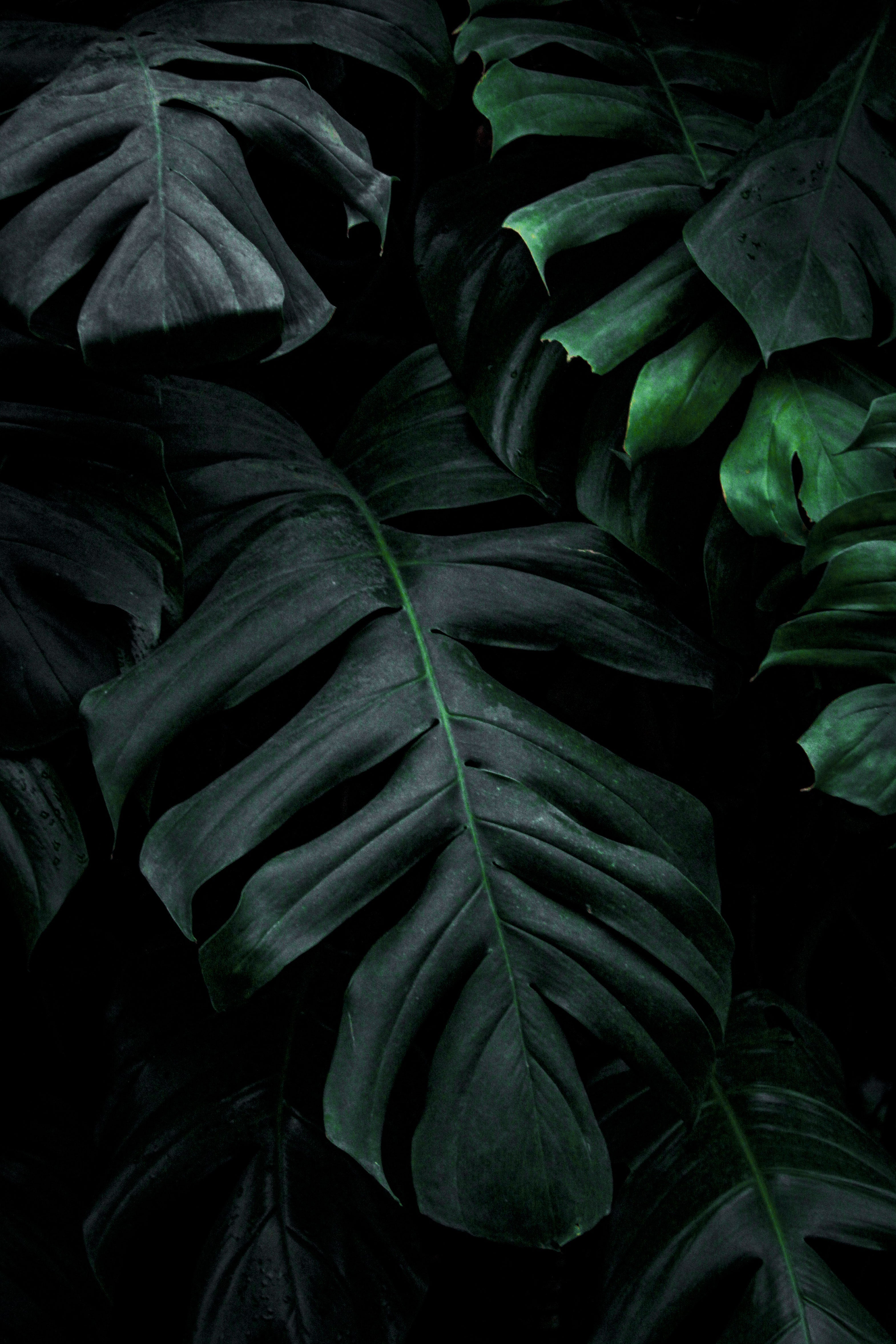
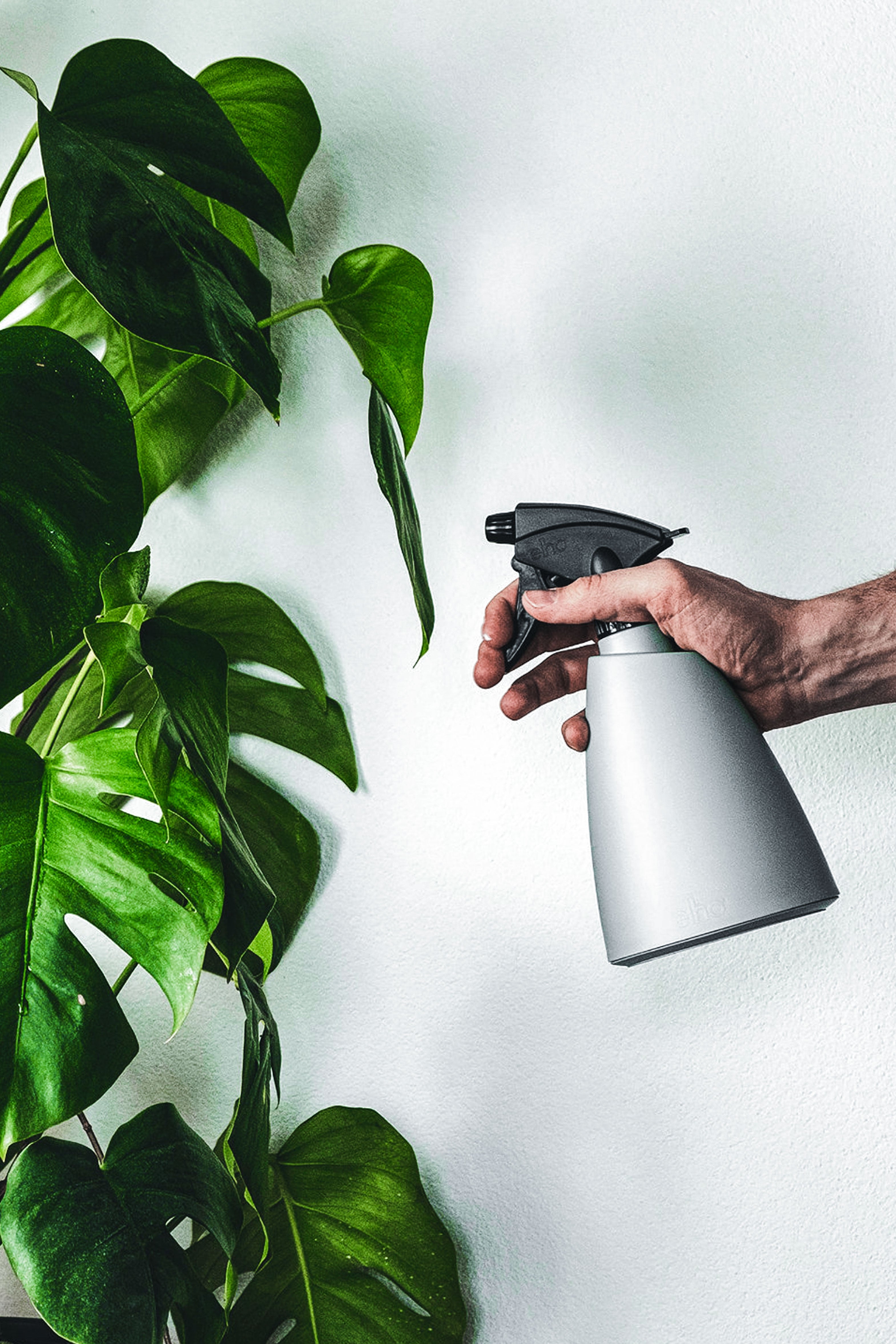
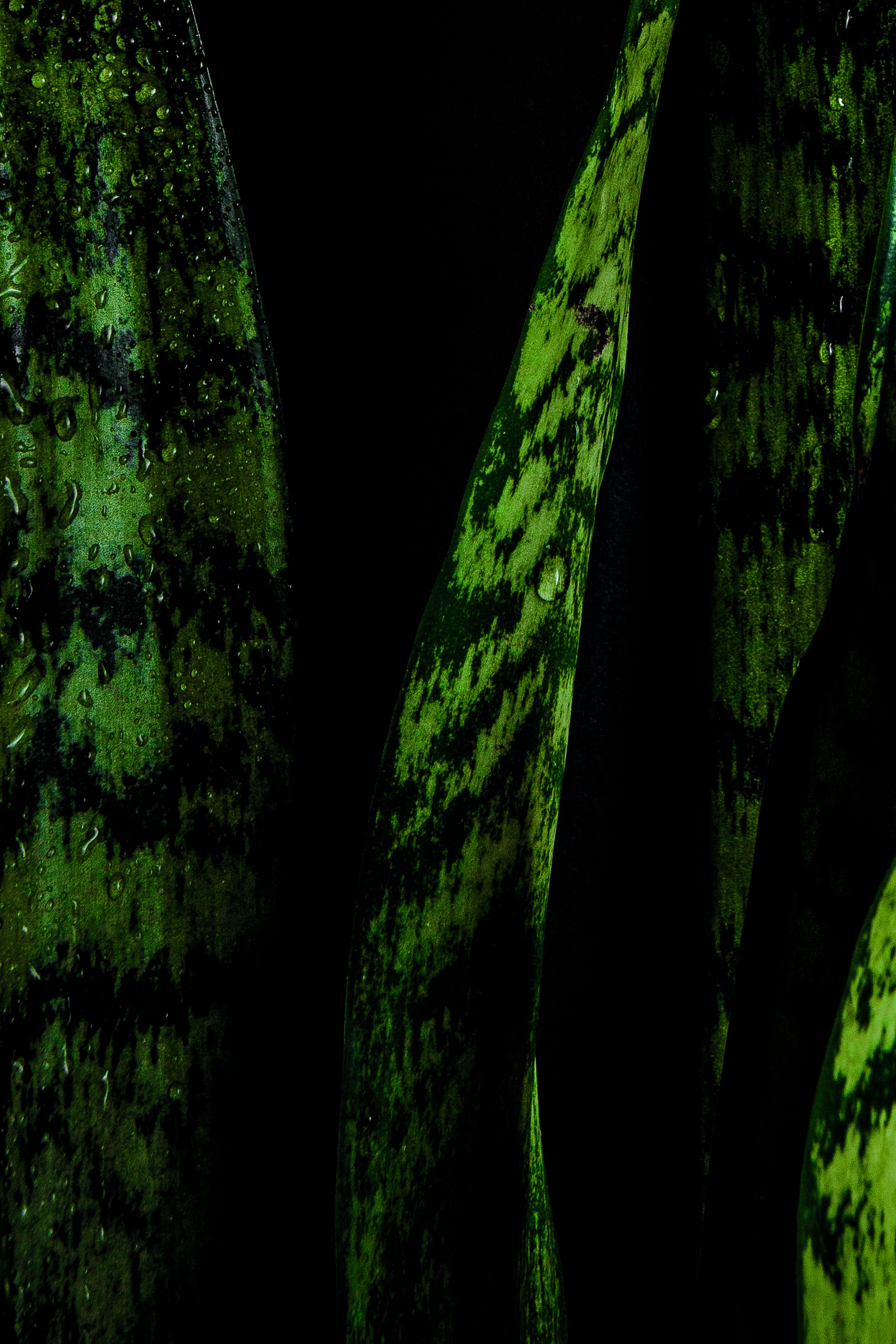
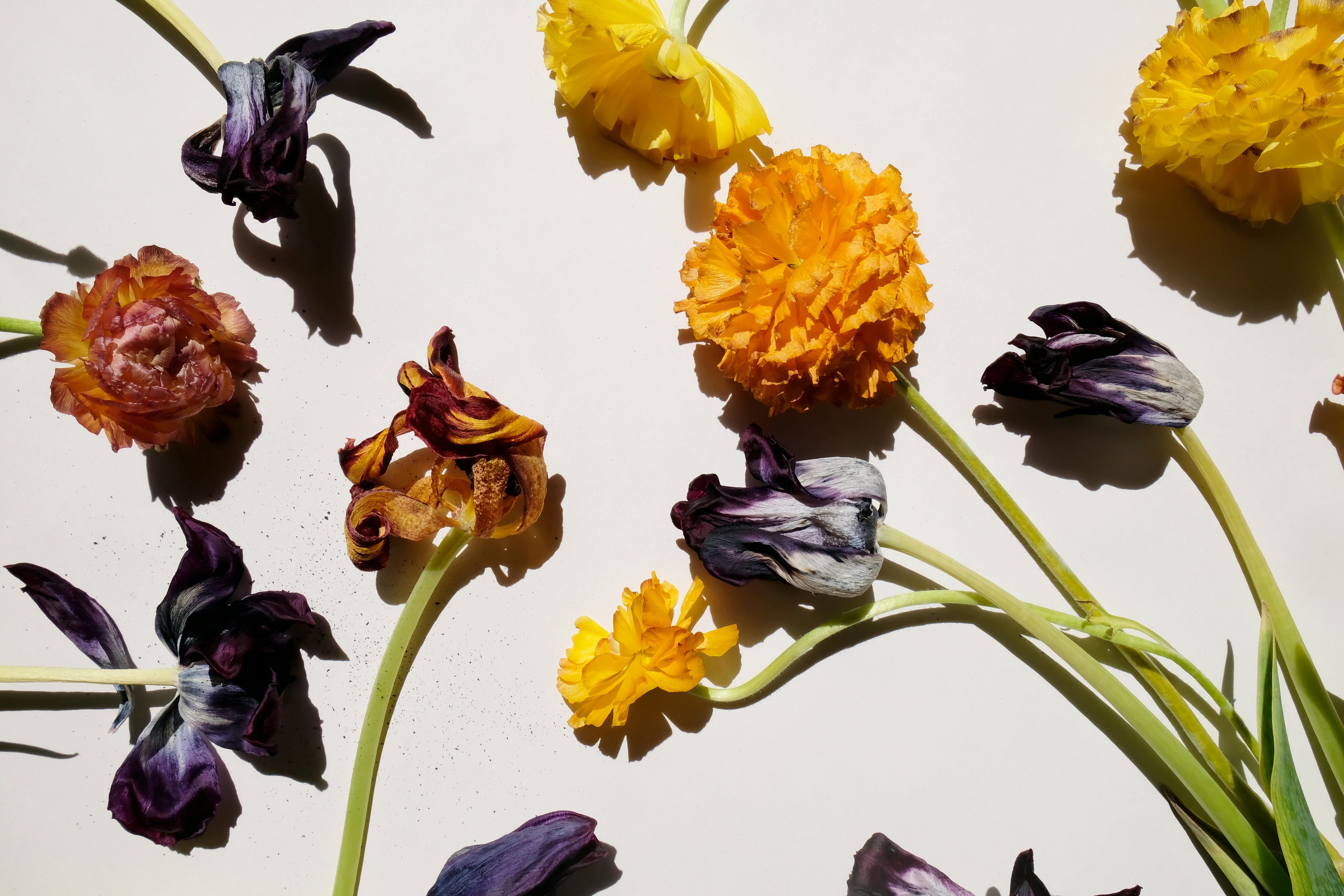
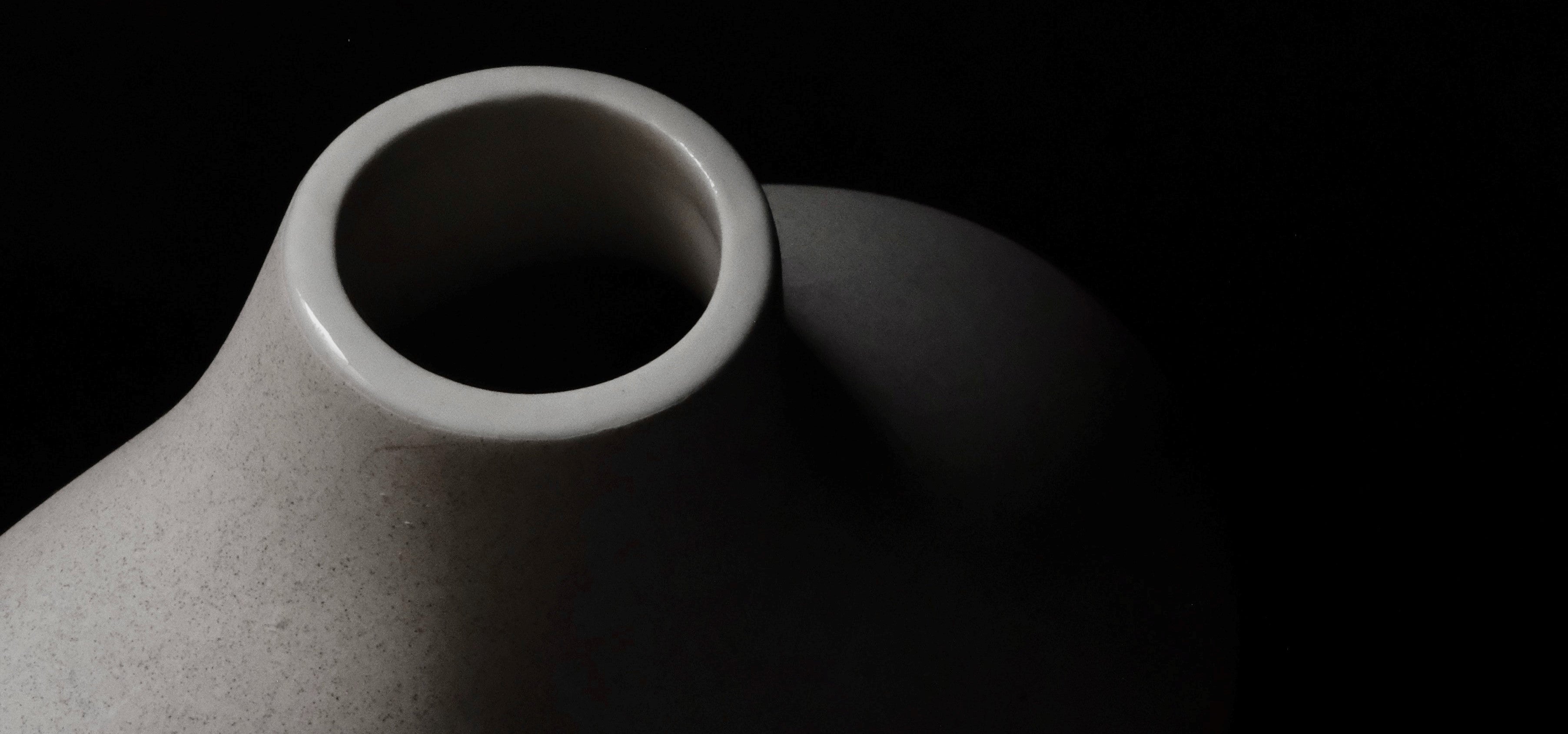
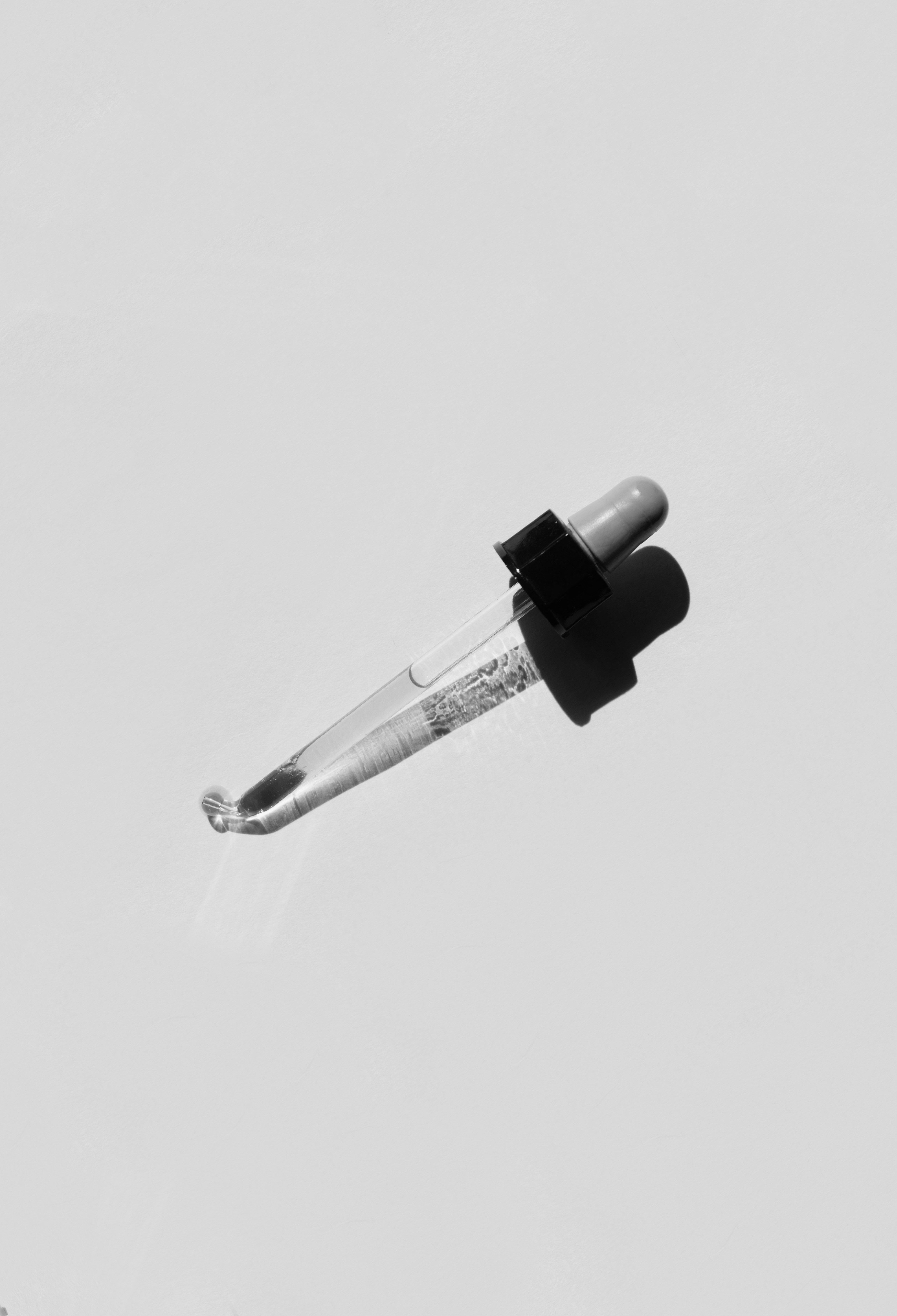

Leave a comment